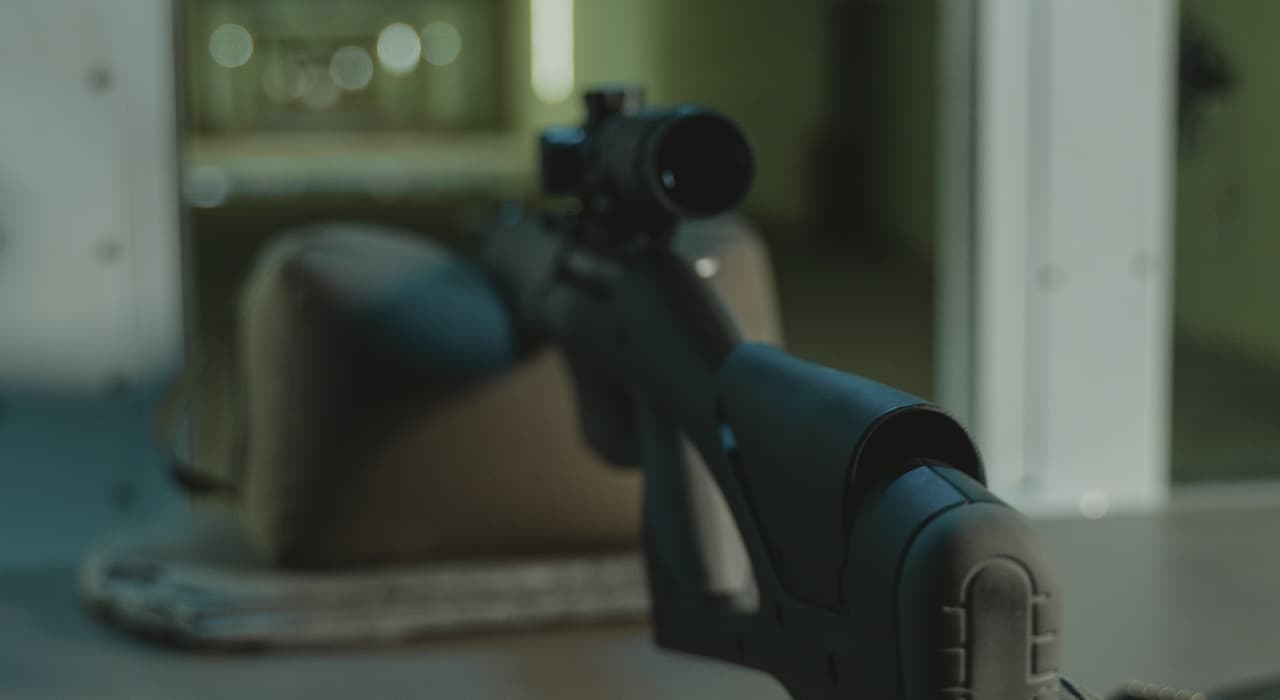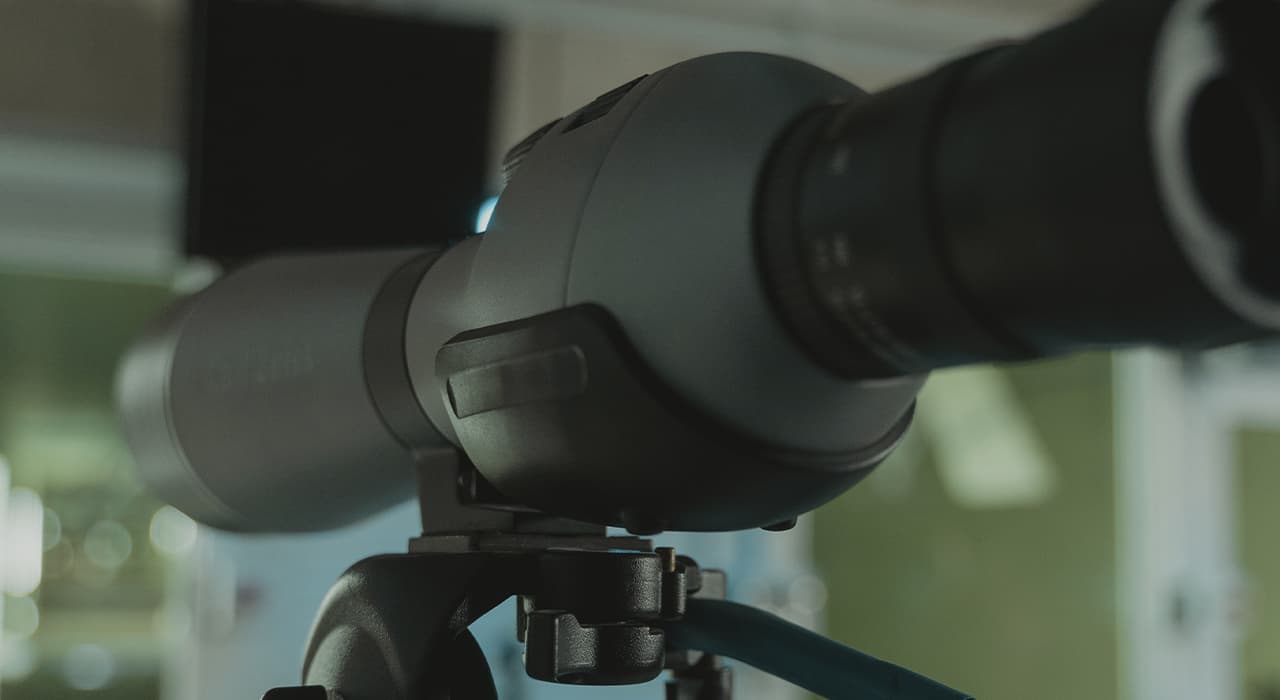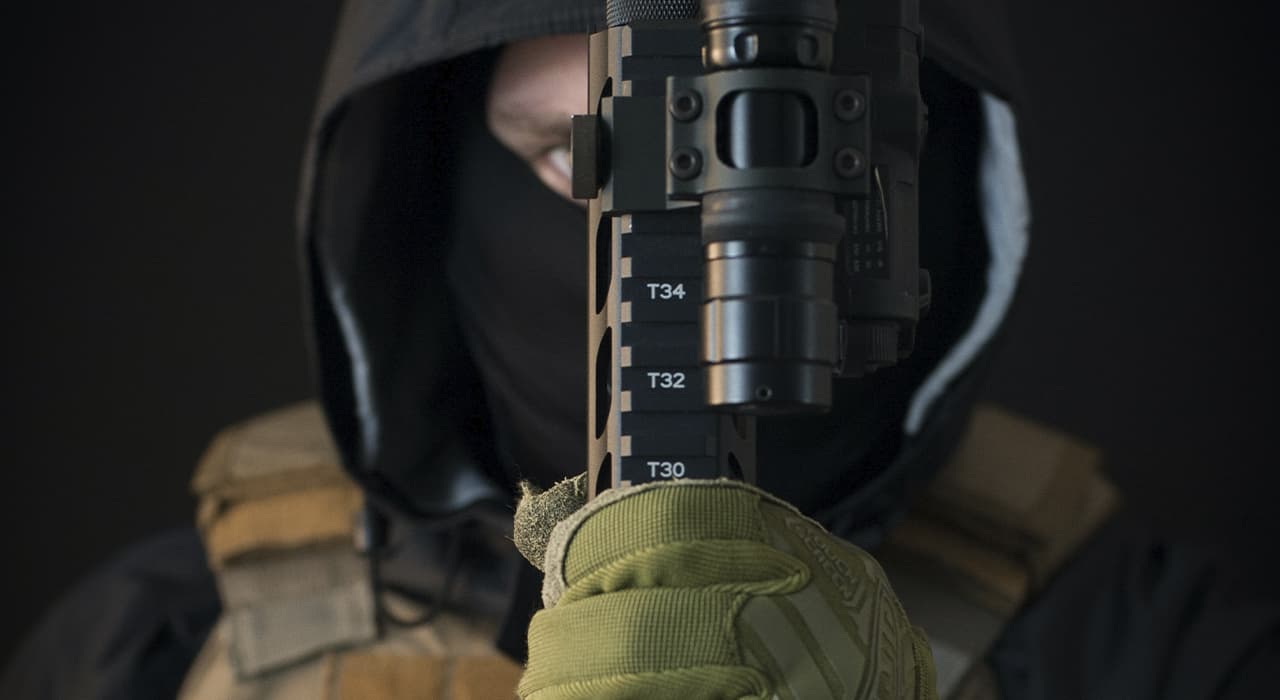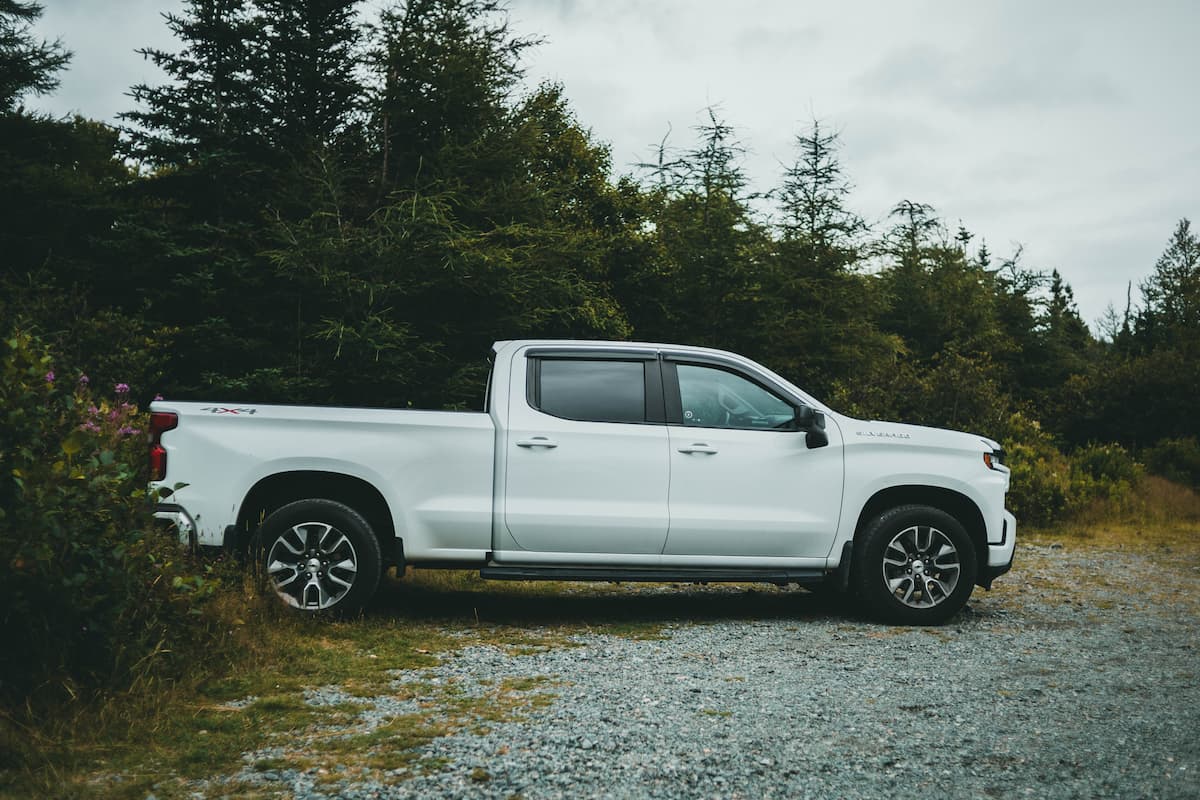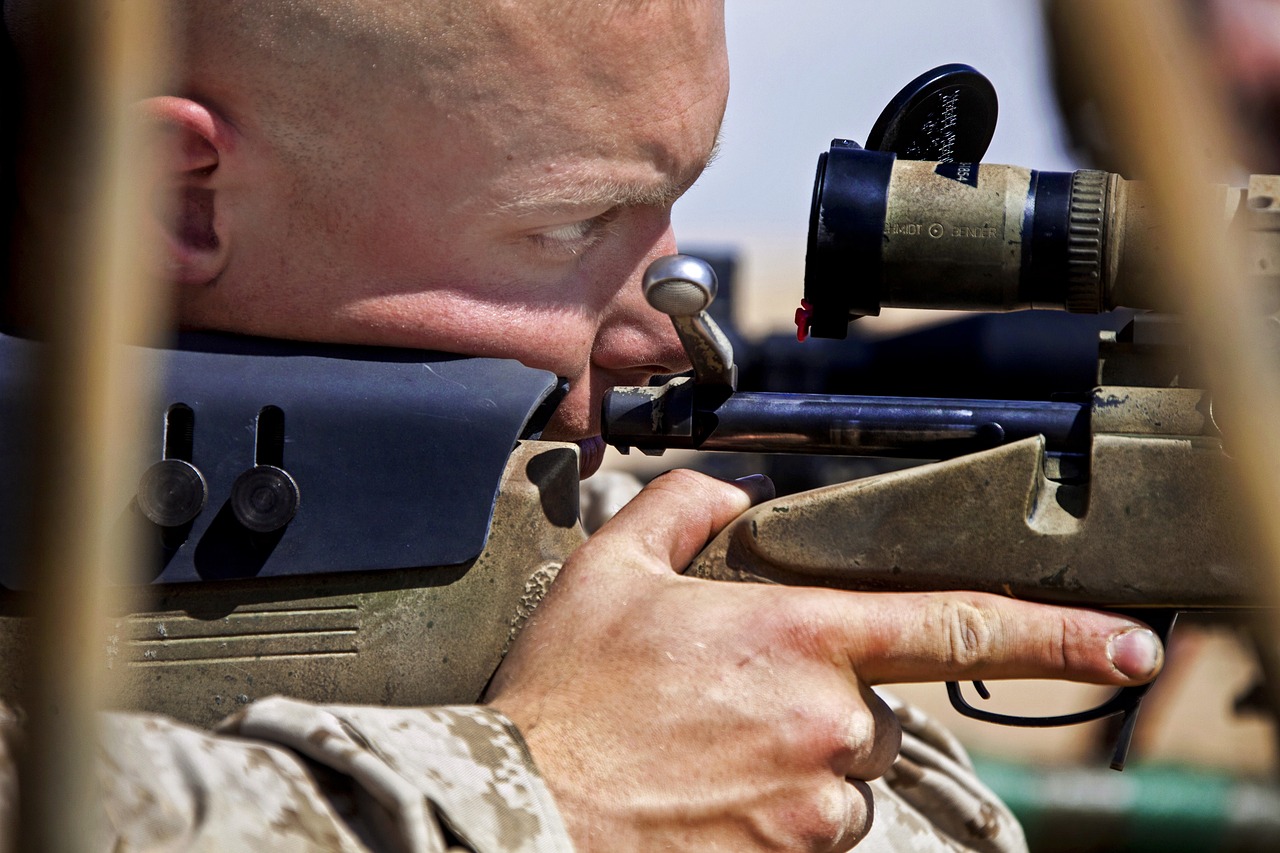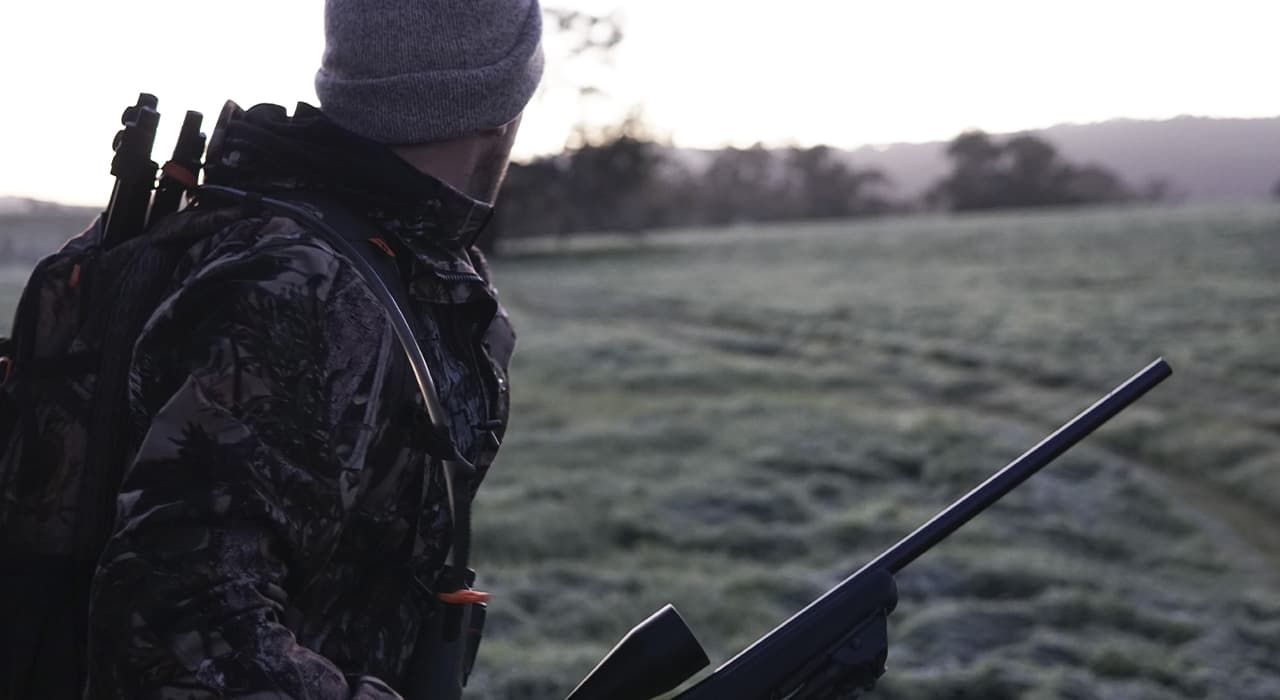The Top Truck Upgrades for a Successful Hunting Season
Hunting is not just a hobby; it’s a passion that drives people to explore the great outdoors and connect with nature. For hunters, their truck is more than just a mode of transportation; it’s a vital tool that can significantly impact the success and enjoyment of their hunting trips. To maximize your hunting experience, it’s
Read More